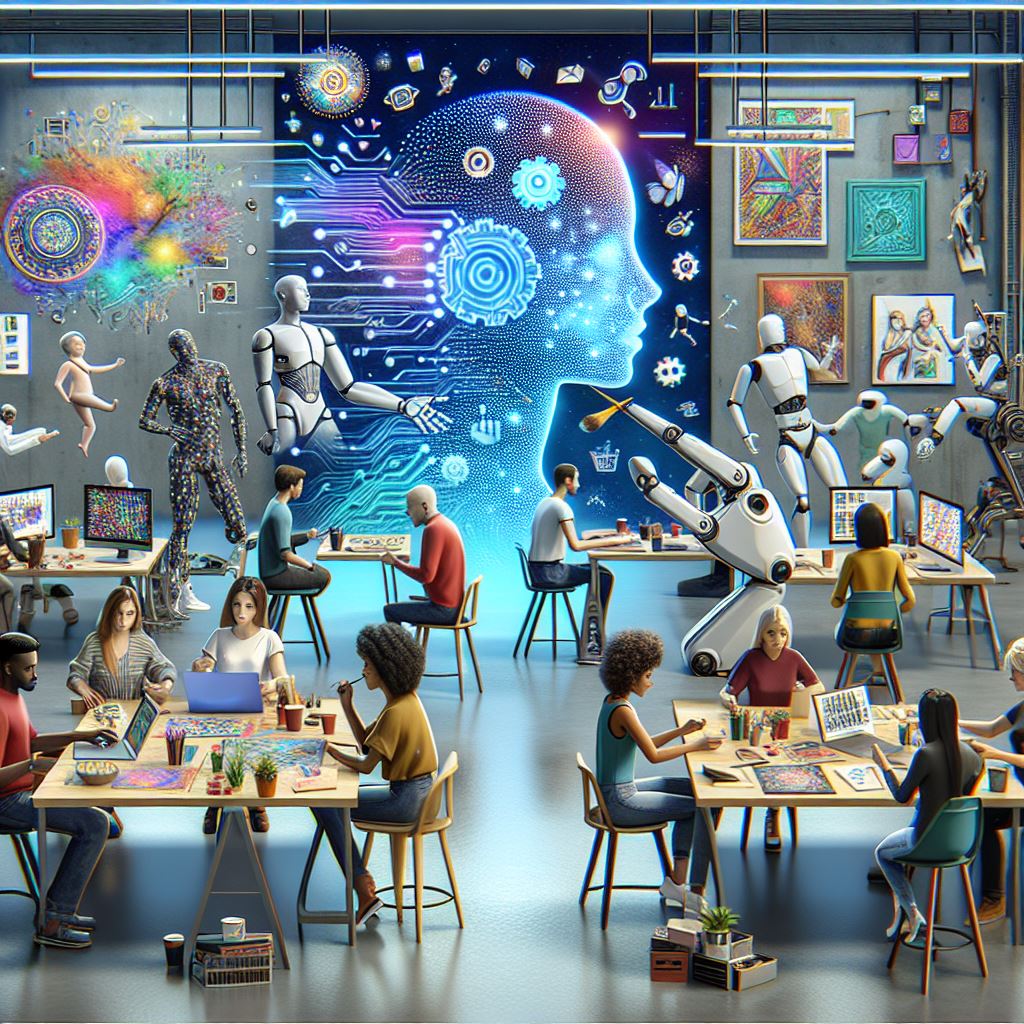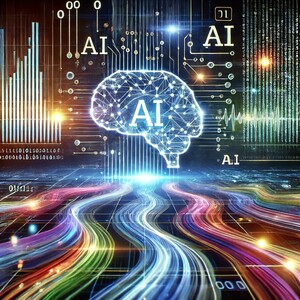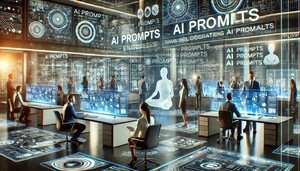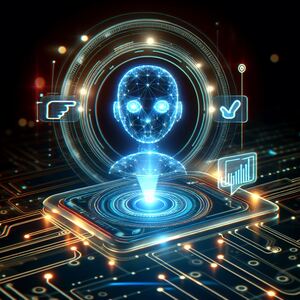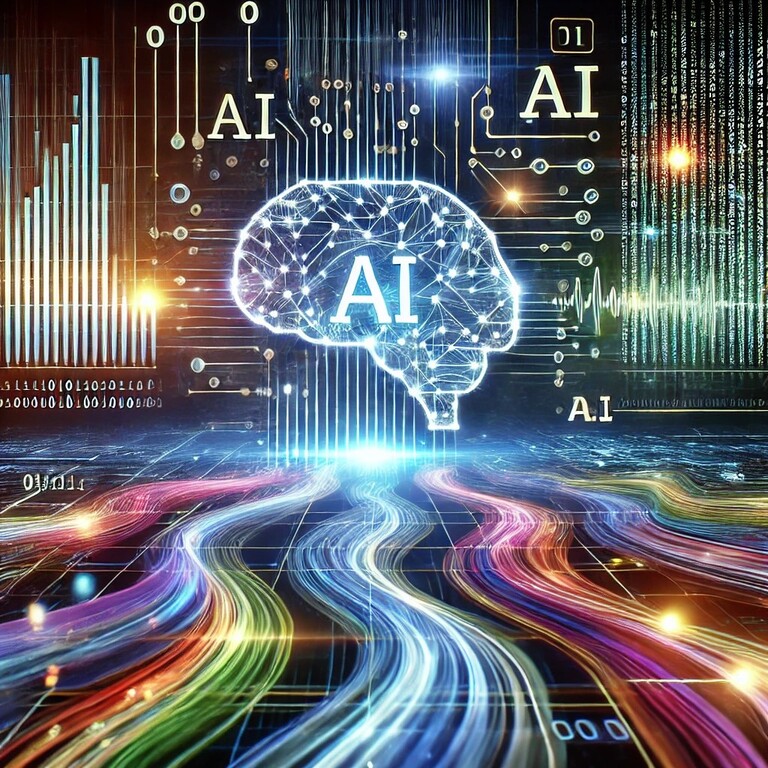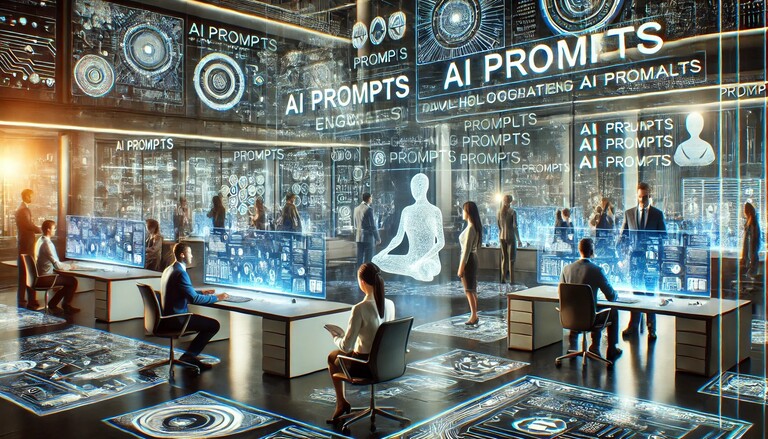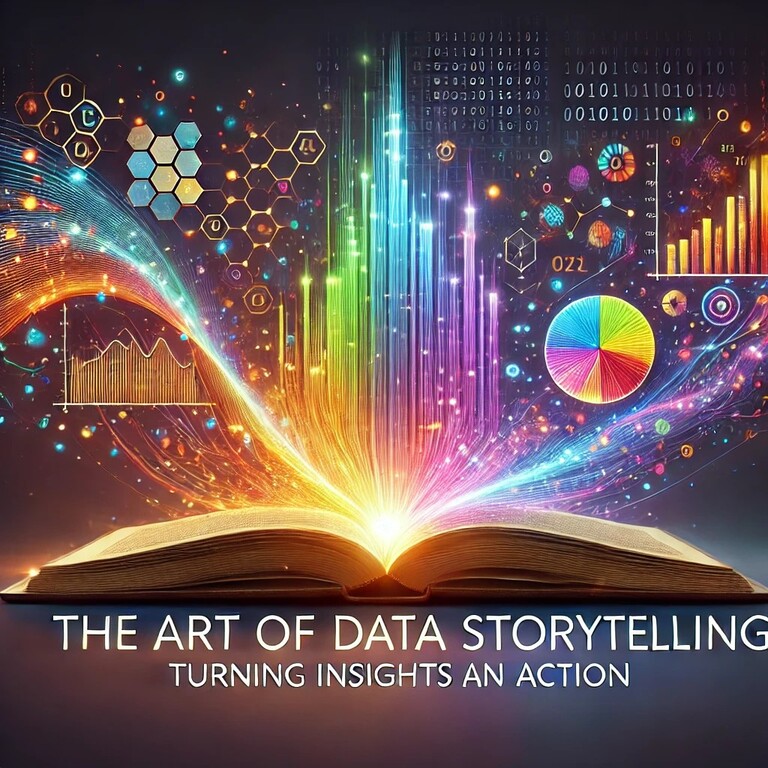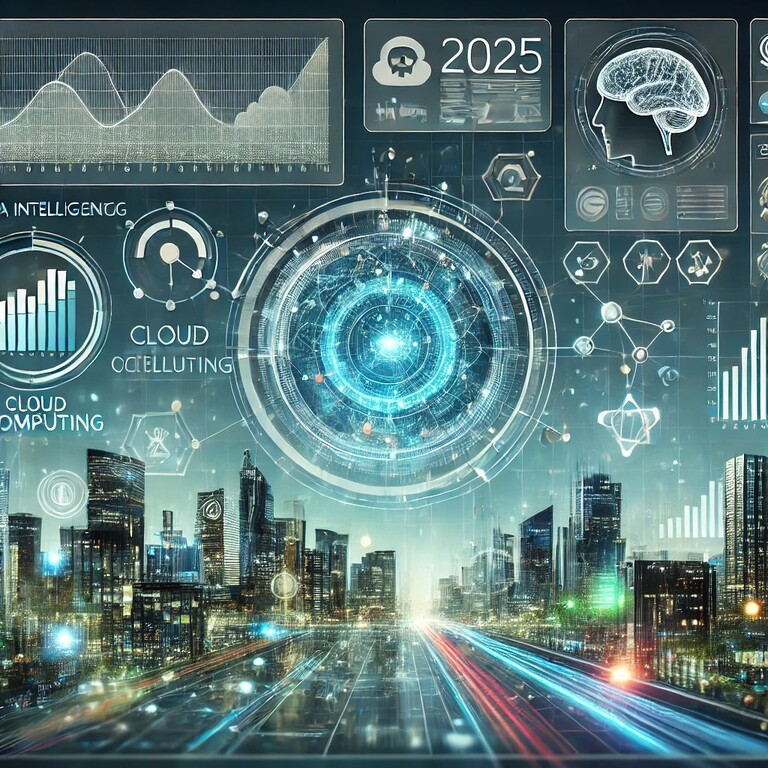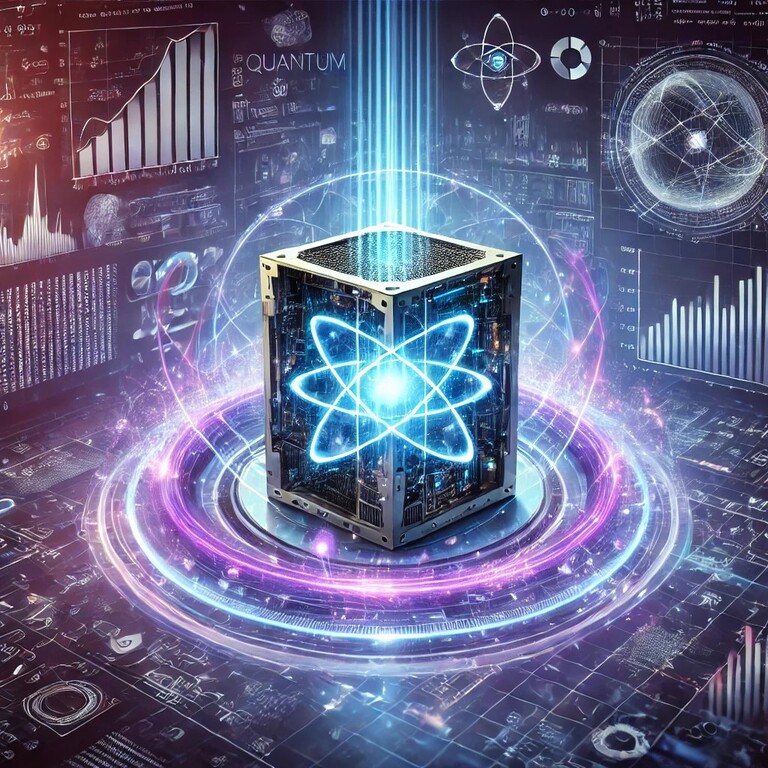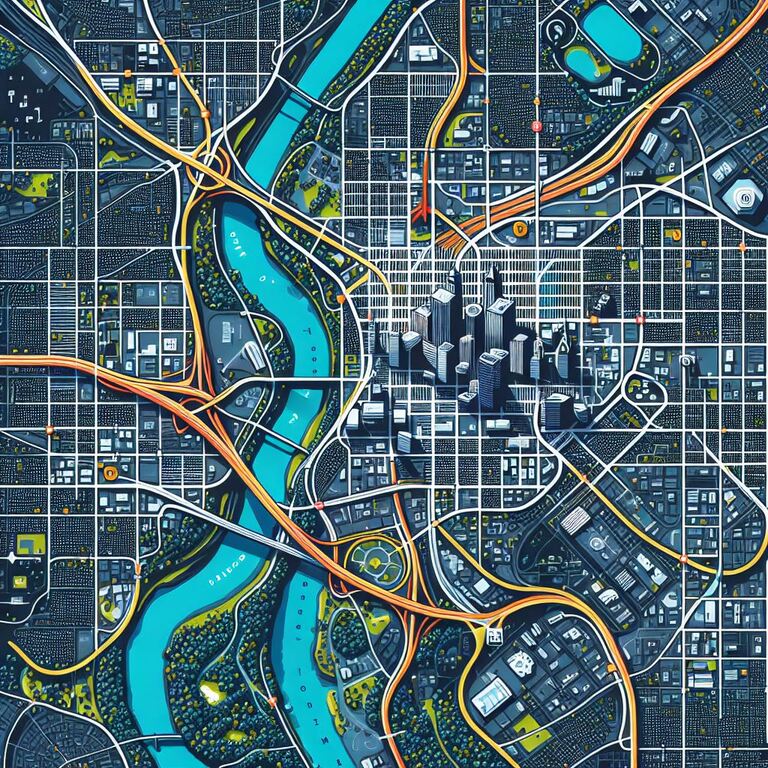In the ever-evolving landscape of technology, few innovations have sparked as much excitement and apprehension as generative AI. From transforming text and imagery to enhancing music composition and film production, generative AI is revolutionising the way creative professionals approach their work. This blog will explore the profound effects of generative AI on creative workflows and what this shift means for the future of creativity.
1. What Is Generative AI?
Generative AI refers to artificial intelligence systems capable of creating content autonomously. Unlike traditional AI, which typically analyses data to provide insights or execute programmed tasks, generative AI can produce original content that mimics human creativity. Popular examples include ChatGPT for writing and DALL·E for image generation, both powered by sophisticated models such as OpenAI’s GPT.
2. The Integration of Generative AI in Creative Industries
a. Design and Visual Arts
Graphic designers and artists have begun to leverage generative AI to streamline their work processes. Tools like DALL·E and Midjourney allow designers to quickly generate visual mock-ups or conceptual images that once required hours, if not days, of manual effort. For instance, instead of sketching multiple drafts from scratch, a designer can input prompts to produce variations of a concept in seconds, refining from there. This capability not only accelerates timelines but also sparks new ideas that might not have emerged through traditional methods alone.
b. Writing and Content Creation
Writers and content creators have found generative AI to be an invaluable asset. AI-driven language models can assist in brainstorming ideas, generating first drafts, and overcoming writer’s block. Whether composing articles, crafting advertising copy, or even scripting video content, tools like ChatGPT can produce coherent, engaging text tailored to specific tones and audiences. While human oversight remains essential for ensuring nuance and accuracy, generative AI reduces the legwork, allowing creators to focus more on strategic and high-level tasks.
c. Music and Sound Design
Music composition is another field seeing profound change due to generative AI. AI-powered platforms like AIVA and Jukedeck can compose music based on user preferences, generating background scores and soundscapes for videos, games, or podcasts. These AI models study extensive libraries of compositions and use this knowledge to create music that aligns with a desired style or emotion. For sound designers and musicians, this means having a collaborator that accelerates idea exploration, leaving more time for perfecting and humanising the final piece.
d. Film and Animation
The film and animation industries are also incorporating generative AI in their workflows. Filmmakers use AI tools to storyboard scenes quickly or generate 3D models, significantly cutting down pre-production time. In animation, AI can assist in frame generation, automating repetitive tasks and allowing animators to focus on refining movement and expression. This leads to faster production cycles and more creative freedom during the conceptualisation phase.
3. Benefits of Generative AI for Creative Workflows
a. Enhanced Productivity
Generative AI’s ability to automate time-consuming aspects of creative projects means professionals can complete tasks faster. This increase in productivity allows teams to take on more projects and meet deadlines with greater ease.
b. Cost Efficiency
By reducing the time spent on labour-intensive processes, businesses can lower production costs. Start-ups and smaller enterprises, which may not have the resources to hire large creative teams, benefit particularly from this, levelling the playing field in competitive industries.
c. Expanding Creative Boundaries
Generative AI often produces results that challenge conventional thinking, pushing creatives to explore new directions. This ‘collaboration’ between human and machine invites experimentation and can yield surprising, innovative outcomes that were previously beyond reach.
4. Challenges and Considerations
Despite its many benefits, generative AI is not without its challenges. Issues related to copyright, authenticity, and ethics must be navigated carefully. Since AI models train on existing data, concerns about intellectual property arise when generated works resemble existing content too closely. Additionally, the human touch—the subtle nuances and emotional depth that come from lived experience—can be difficult for AI to replicate, meaning that fully replacing human creators is neither feasible nor desirable.
There is also the question of job displacement. As AI tools become more capable, the fear of creative professionals being supplanted by technology looms. However, many experts argue that generative AI should be viewed as a complement rather than a replacement, empowering creators to do more rather than taking away their work.
5. The Future of Creative Workflows with AI
As generative AI continues to advance, the future promises an even deeper integration into creative workflows. AI will not only assist in routine tasks but potentially evolve into a partner that helps set trends and inspire new art forms. This integration is already evident in fields such as architecture, fashion design, and game development, where AI is used to prototype and test concepts rapidly.
Education and continuous learning will be vital for creative professionals to stay relevant in this changing landscape. The ability to harness AI effectively will become a valuable skill, complementing traditional expertise and enhancing the quality and scope of creative work.
Conclusion
Generative AI is undoubtedly a transformative force reshaping creative industries. While it introduces challenges that need thoughtful solutions, the potential for enhanced creativity, productivity, and innovation is immense. By striking a balance between human ingenuity and AI capabilities, the future holds the promise of richer, more imaginative creative landscapes. For now, generative AI stands not as a rival, but as an ally, ready to push the boundaries of what creativity can achieve.

